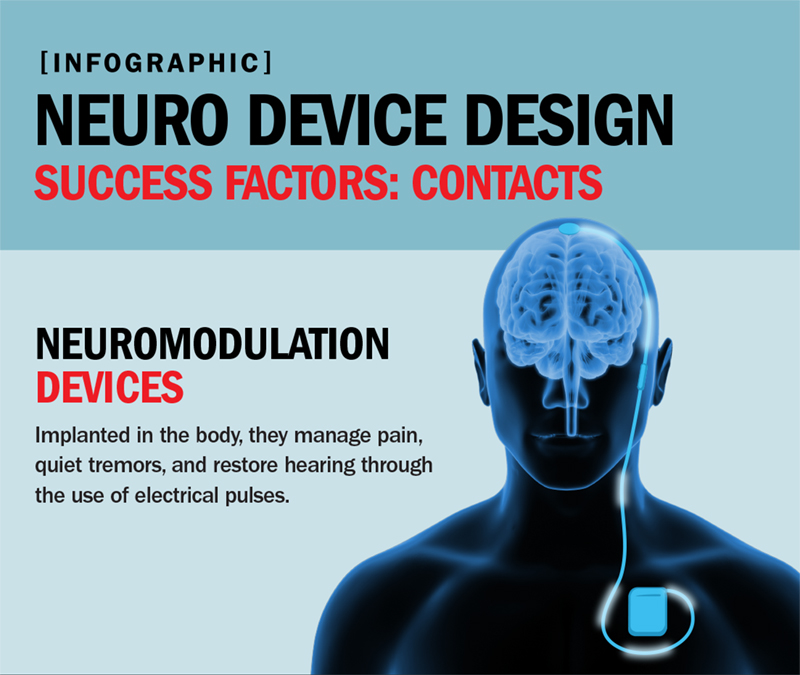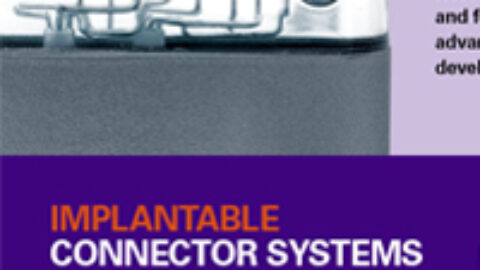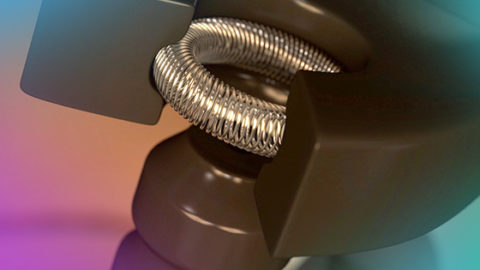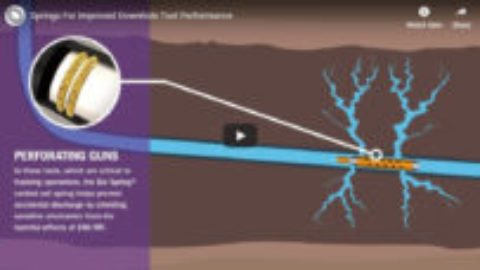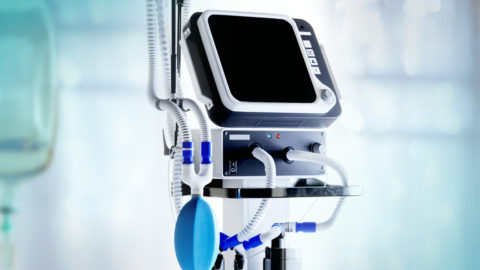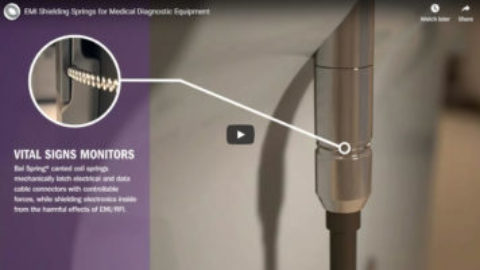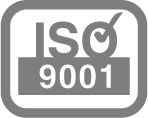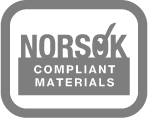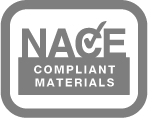The Bal Conn® electrical contact helps device makers around the world feel confident about their choice of lead interface technologies. This ultra-reliable electrical connector for medical devices has supported performance breakthroughs and shaped industry standards for SCS, DBS, FES, SNS—and it’s contributing to the development of more new therapies every day.
Check out the infographic below for a brief overview on what factors are essential for making medical devices small and mighty.


The Demand for Medical Electrical Connectors
Neuromodulation devices are implanted in the body. They manage pain, tremors, and restore hearing through the use of electrical pulses.
Generally, the greatest challenge for engineers creating neuromodulation devices is that there is increasing demand for these devices to become smaller and smaller while continuing to be as functional as possible.
Bal Seal electrical connectors can help meet both size and connection density requirements because they can be custom-built to be extremely small and ultra-reliable.
Medical Device Electrical Connector Design Tips
Packing lots of performance into a tiny implantable device can seem daunting. However, this is made much easier with the help of our custom electrical connectors for medical devices.
Some must-have features for medical device electrical connectors include:
- A small pitch to conserve header space. This allows for greater contact density which increases device functionality.
- Multi-point conductivity. This helps reduce the risk of device failure.
- Ultra-low contact resistance (<100 mΩ). This allows for better signal integrity and longer device life.
Additionally, to minimize contact resistance variability, we recommend max lead tolerances of +/- .001 inches.
Connect with the Experts at Bal Seal Engineering
Designing smaller, more functional neuromodulation devices is easier when you partner with an experience electrical contact manufacturer.
Click here to submit a design request form and our experienced engineers can help you elevate your new or existing neuromodulation device design.
